Speed Limit Reductions on Rural Roads Take Effect Tomorrow
In Cork City, rural roads in Blarney, Glanmire, Ballincollig, and Douglas will drop from 80 km/h to 60 km/h.
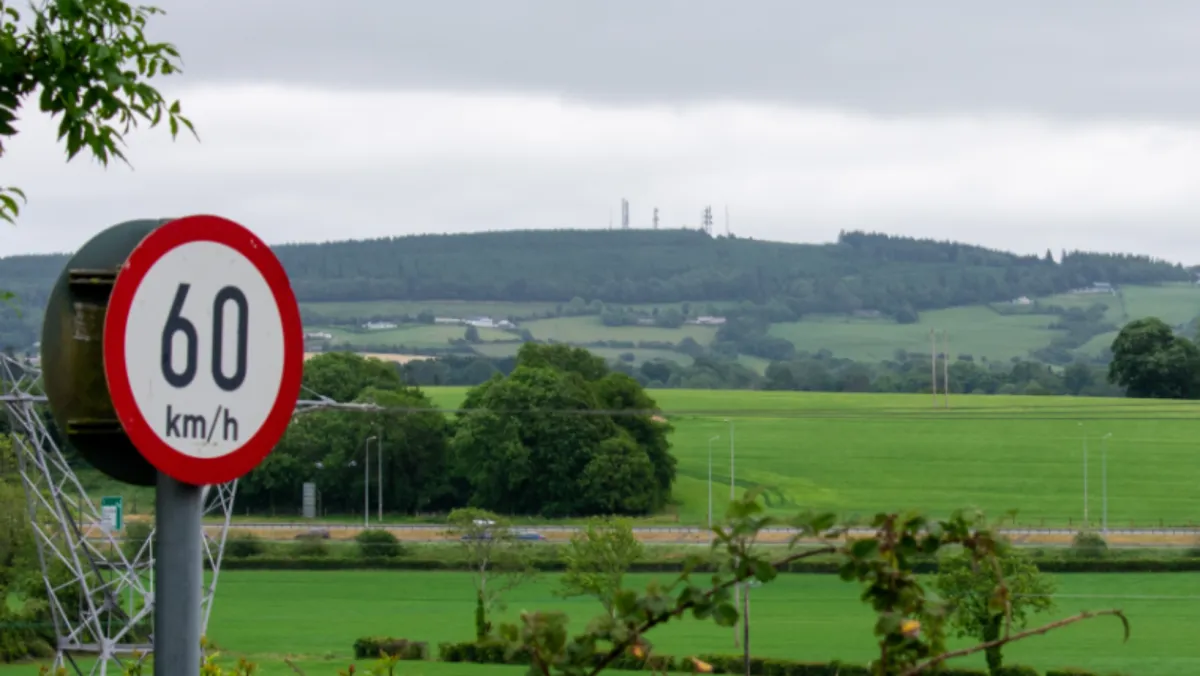
From Friday, 7th February 2025, the speed limit on many rural local roads will be reduced from 80 km/h to 60 km/h, as part of the Government’s Road Safety Strategy 2021–2030.
In Cork City, the first phase of these changes will impact roads in Blarney, Glanmire, Ballincollig, and Douglas, with further reductions planned throughout 2025.
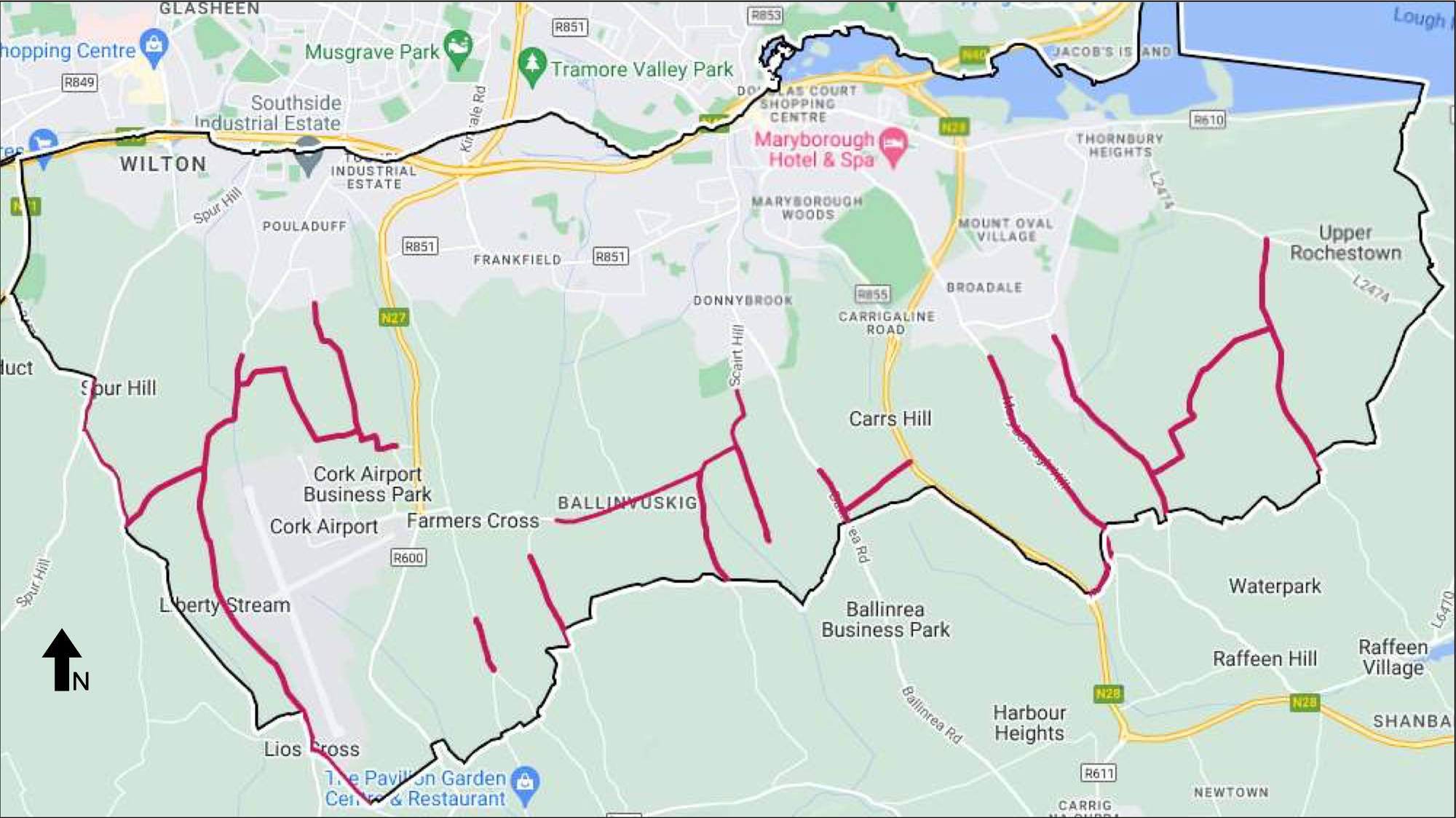
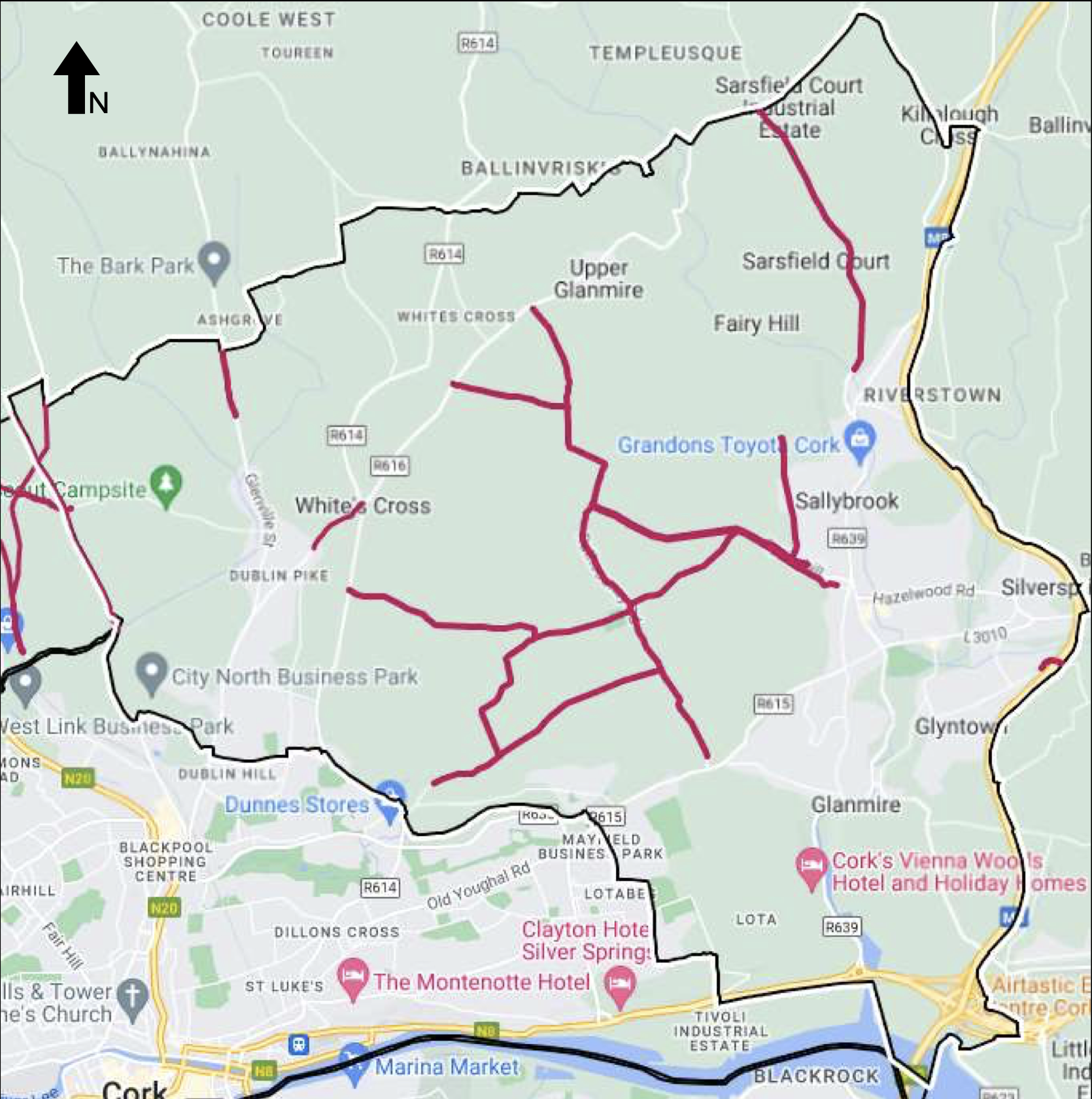
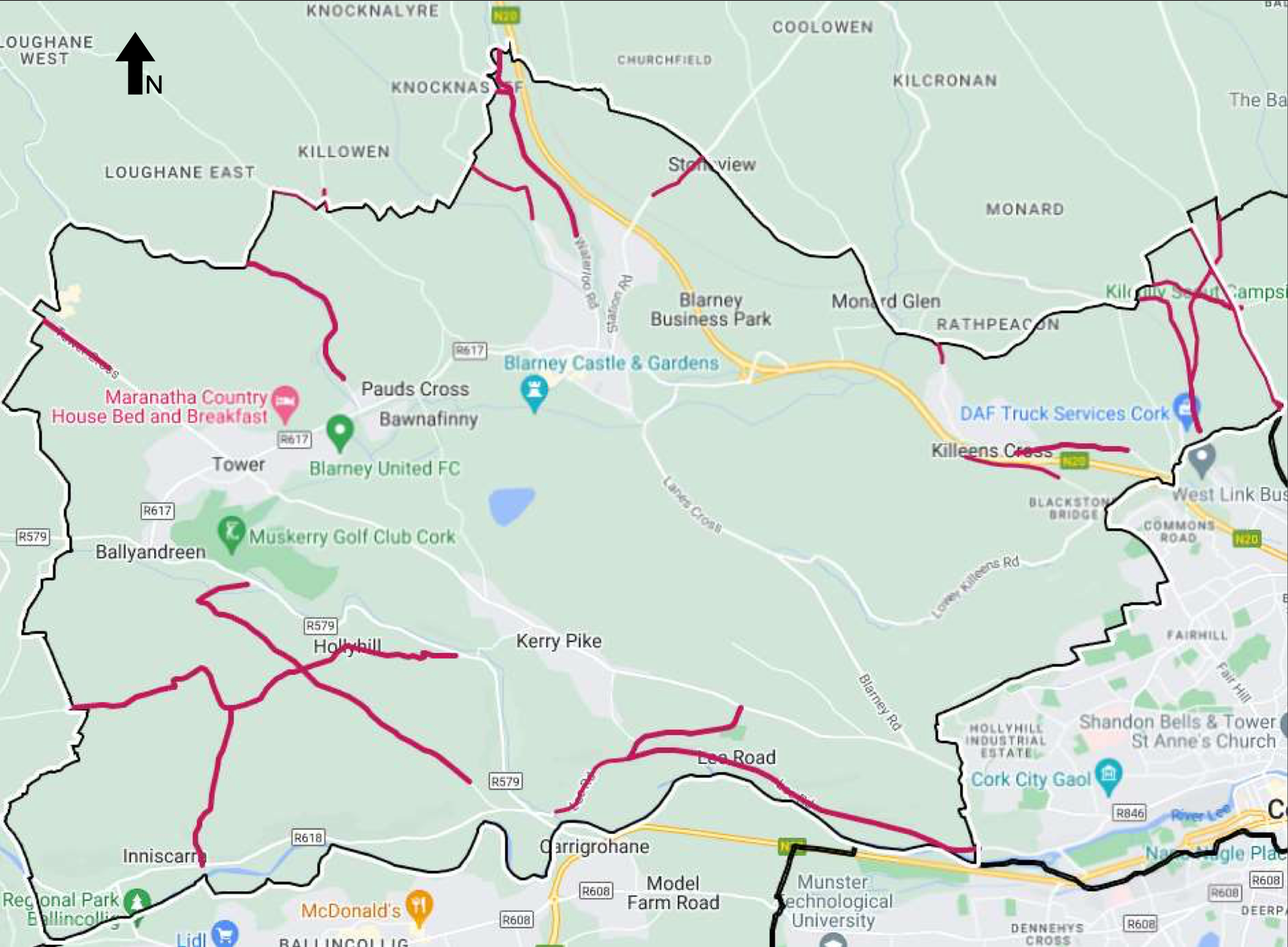
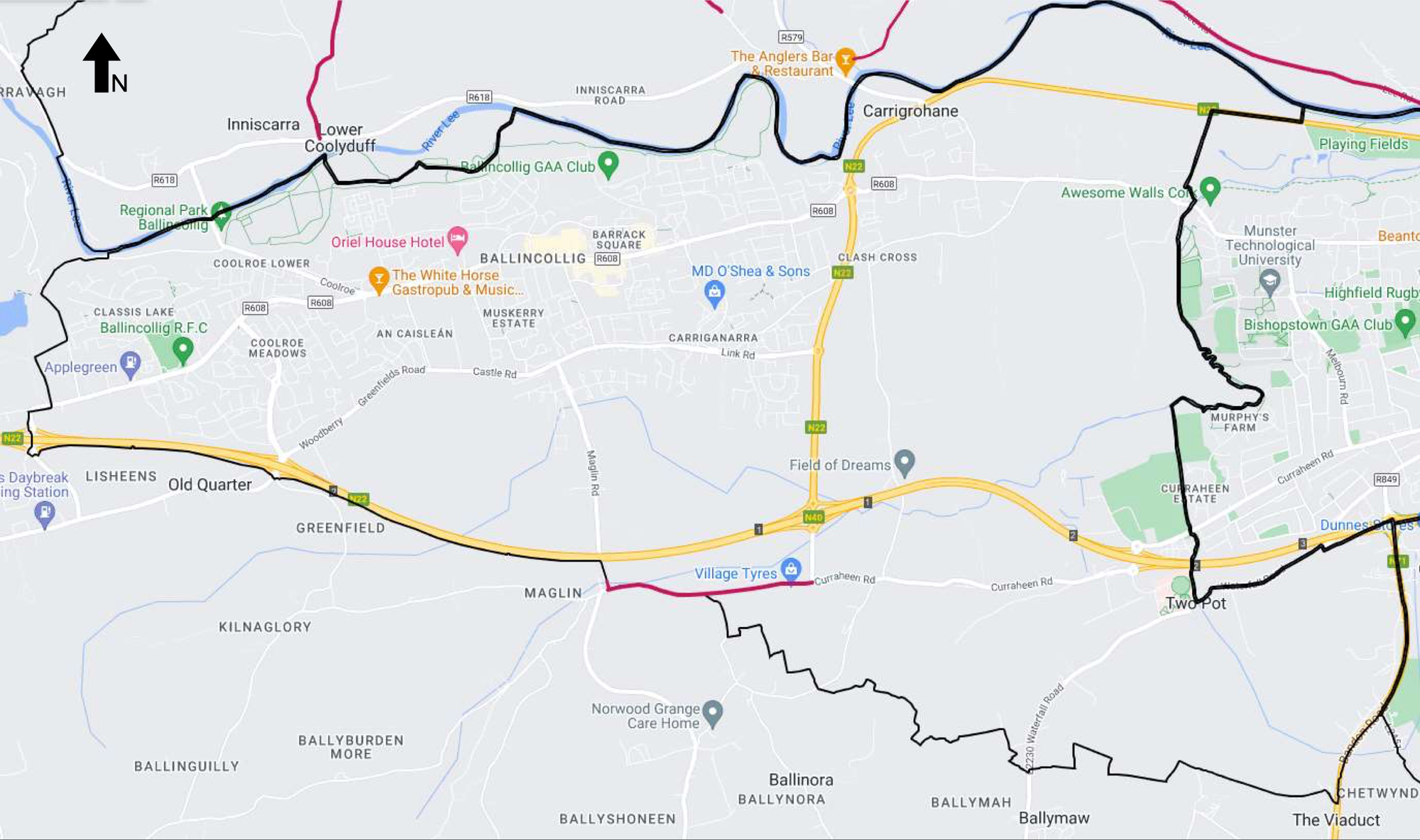
Cork City Changes
Lord Mayor of Cork, Cllr Dan Boyle, highlighted the importance of this move in preventing road fatalities, stating:
"Slower speeds mean safer roads for all road users, from motorists to pedestrians to cyclists. Speed is a contributory factor in one third of fatal collisions – going slower significantly reduces the risk of death in the event of a collision."
As part of the changes, the striped 'rural speed limit sign', a white circle with five diagonal black lines, will now indicate a maximum speed of 60 km/h, instead of 80 km/h.
Government’s Road Safety Strategy and Vision Zero
The Government’s Road Safety Strategy 2021–2030 is working towards achieving Vision Zero—a future with zero road deaths or serious injuries by 2050.
Between 2006 and 2021, there was a significant decline in road fatalities, with deaths falling from 365 in 2006 to 132 in 2021, Ireland’s safest year on record. However, this was followed by a 36% increase in fatalities, rising from 132 in 2021 to 180 in 2023. While early data for 2024 suggests a slight decrease in deaths, this concerning trend has prompted urgent action.
Every road death is a tragedy, with life-altering consequences for victims’ families and communities. The Safe System approach, a key part of the Government’s Road Safety Strategy, recognises that human bodies are vulnerable to high-speed collisions and aims to create a safer road environment by reducing speeds to appropriate levels.
Upcoming Speed Limit Changes
In addition to the changes taking effect on 7th February, further speed limit reductions will be introduced later in 2025:
- Urban cores (housing estates, town centres, and built-up areas): Speed limits will be reduced to 30 km/h.
- National secondary roads: Speed limits will decrease from 100 km/h to 80 km/h.
These measures are based on the Speed Limit Review 2023, which was led by the Department of Transport and the Road Safety Authority, in collaboration with An Garda Síochána, the National Transport Authority, Transport Infrastructure Ireland, and the City & County Management Association.
The findings show that almost three in four road deaths (73%) between 2020–2024 occurred on rural roads with a speed limit of 80 km/h or greater, while nearly half of all serious injuries (47%) happened on these roads.
International Success and Expected Benefits
Similar reductions have been implemented in France and the UK, with France seeing a 10% decrease in road fatalities and the UK experiencing lower insurance costs due to reduced collision rates.
Scientific research supports the need for lower speed limits:
- Most unprotected road users (pedestrians and cyclists) only survive collisions when vehicles travel at 30 km/h or lower.
- A modern car can protect occupants in a side collision up to 50 km/h, and in a head-on collision up to 70 km/h.
- At higher speeds, the risk of serious injury or death increases drastically.
Enforcement and Compliance
New speed limit signs are now in place, and exceeding the stated limits will be an offence. An Garda Síochána will be responsible for enforcing the new speed restrictions.
For further details:
📍 Map of affected roads: Speed Limit Changes February 2025
📜 Official bye-laws: Approved Cork City Road Traffic Special Speed Limits Bye-Laws 2024 (No. 2)
🔗 More on the Speed Limit Review: gov.ie - Speed Limit Review


